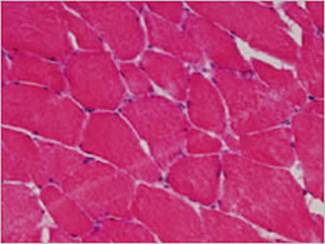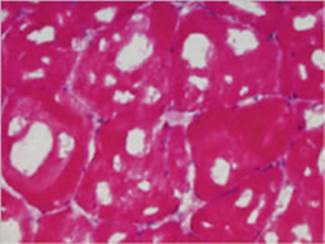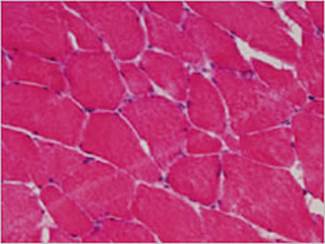
ClinEss® – A tissue preservation and transportation medium provides protection of cells and allows for tissue to be stabilized without fixation
Background
Human clinical samples are used to advance science to create new diagnostics and therapies. Analysis of clinical samples often requires the transport of tissue samples to various locations. For instance, tissue samples must be shipped from the surgical removal site to the research lab. Preserving tissue during transport is most commonly accomplished via chemical fixation (i.e. in formalin) or flash freezing to control for tissue degradation. Flash freezing is often chosen to preserve protein activity/accessibility, since chemical fixation typically involves permanent non-specific cross-linking, which removes many options for protein use. The choice to use flash freezing can still have a significant impact on transportation, requiring the use of liquid nitrogen or dry ice. Once difficult transportation issues are resolved, there are still confounding factors caused by ice crystal formation. Formalin fixation introduces its own difficulties in that (1) the cells cannot later be cultured and (2) extraction of kb size fragments of DNA or RNA for sequencing can be problematic.
The condition of the tissue sample is very important to the success of the research, as many factors can negatively impact the protein, DNA and RNA integrity in the tissue. Within minutes of surgical excision, the sample starts to degrade, which would leave the sample insufficient for research use.
A Non-toxic, Animal Component Free Transportation Medium to Maintain Cell Viability and Protect DNA and RNA
To address preservation challenges and provide a non-toxic, animal component free (ACF) medium, Essential Pharmaceuticals developed Clin-Ess®. Clin-Ess has been shown to permit the storage and transportation of most tissues and cells for several days at refrigerated temperatures. It preserves tissue and cell viability, while protecting the protein, DNA and RNA for further research. Clin-Ess contains no paraformaldehyde.
Key benefits of Clin-Ess:
- Can transport clinical samples on ice without the need for snap freezing with liquid nitrogen.
- Preserves tissue, enzymatic activity and morphology1
- Able to preserve tissue and enzymatic activity and morphology.
- Currently used in clinical pathology
Figure 1: Freeze Artifact Absence in Muscle Specimen


Figure 1: Frozen tissue of human Muscle biopsy specimen before treatment with Clin-Ess. Note the absence of artifacts in the figure on the right post treatment with Clin-Ess. (1)
For more information, please see Clin-Ess.
Nonfrozen Transport Medium Preserves and Restores Skeletal Muscle Enzymatic Activity and Morphology,
Iren Horkayne-Szakaly1 , Glenn D. Sandberg1 , Joren Keylock2 , and Elisabeth J. Rushing1
Footnotes
-
1. Department of Neuropathology and Ophthalmic Pathology, Armed Forces Institute of Pathology, Washington, DC
-
2. Department of Pathology, Madigan Army Medical Center, Tacoma, WA